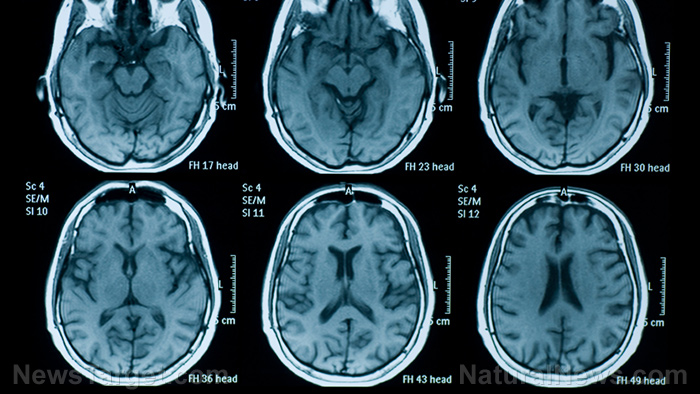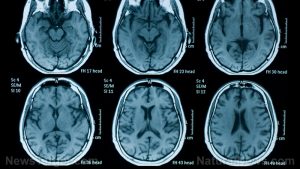
Capillary telangiectasia – causes, side effects and treatments at NaturalPedia.com
Thursday, February 01, 2018 by Michelle Simmons
http://www.naturalpedia.com/capillary-telangiectasia-causes-side-effects-and-treatments-at-naturalpedia-com.html

Capillary telangiectasias are small, broken or widened blood vessels on the skin that are typically harmless, but may be linked to other diseases. Capillary telangiectasias may occur anywhere within the body, but are most easily seen on the skin, mucous membranes, and whites of the eyes. They may also develop in the brain or intestines. Capillary telangiectasias may develop due to rosacea, a skin problem that causes the face to turn red, aging, a genetic problem, pregnancy, exposure to sun, varicose veins, excessive use of steroid creams, and trauma to the area. Other possible causes include excessive alcohol consumption, scleroderma, dermatomyositis, and systemic lupus erythematosus. Capillary telangiectasias are also sometimes called as “spider veins” because of their fine and web-like appearance.

Known side effects of capillary telangiectasia
Generally, capillary telangiectasia is not life-threatening. However, it can cause pain, itching, and threadlike red marks or patterns on the skin. Moreover, serious cases of this condition may cause serious complications such as hemorrhage, stroke, difficulty in speaking, loss of vision, severe unsteadiness, and hydrocephalus. If capillary telangiectasia is caused by hereditary hemorrhagic telangiectasia (HHT), a rare genetic condition, it may cause frequent nosebleeds, red or dark black blood in stools, shortness of breath, seizures, small strokes, and port-wine stain birthmark.
This condition is also associated with other diseases such as ataxia-telangiectasia, bloom syndrome, cutis marmorata telangiectatica congenita, klippel-trenaunay-weber syndrome, nevus flammeus such as port-wine stain, rosacea, spider angioma, Sturge-Weber disease, xeroderma pigmentosa, and lupus
Body systems harmed by capillary telangiectasia
The main body system harmed by capillary telangiectasia is the cardiovascular system and the integumentary system.
List of foods or nutrients that prevent capillary telangiectasia
According to an article published on the website HomeNaturalCures.com, capillary telangiectasia can be prevented or cured by the following:
- Aloe vera
- Vitamin C
- Lysine
- Grapeseed oil
- Horse chestnut seed extract
- Natural vitamin E oil
Treatments, management plans for capillary telangiectasia
Capillary telangiectasias do not have an outright cure, but they are treatable. Treatment options for capillary telangiectasia include oral or topical medicines, laser treatment, surgery, sclerotherapy, laser therapy, injections, and VeinWave. Furthermore, capillary telangiectasia or broken blood vessels can be treated naturally by using apple cider vinegar as a replacement for you toner or astringent, applying horse chestnut on the affected area, and washing your face with warm water only.
Where to learn more
- Natural solutions for varicose veins
- 5 Reasons You Need Rose Essential Oil
- What Acne Reveal About Your Health
- Are Your Wrinkles Caused by Dry Skin?
- Calm down with chamomile
Summary
Capillary telangiectasias are small, broken or widened blood vessels that may occur anywhere within the body, but are most easily seen on the skin, mucous membranes, and whites of the eyes.
Capillary telangiectasias can cause pain, itching, and threadlike red marks or patterns on the skin.
Capillary telangiectasias may also cause serious complications such as hemorrhage, stroke, difficulty in speaking, loss of vision, severe unsteadiness, and hydrocephalus.
Capillary telangiectasias can be prevented or cured by aloe vera, vitamin C, lysine, grapeseed oil, horse chestnut seed extract, and natural vitamin E oil.
Natural treatments for capillary telangiectasias include apple cider vinegar, horse chestnut, and warm water.
Capillary telangiectasias can be treated through oral or topical medicines, laser treatment, surgery, sclerotherapy, laser therapy, injections, and VeinWave.
Sources include:
Tagged Under: Tags: Capillary telangiectasias





